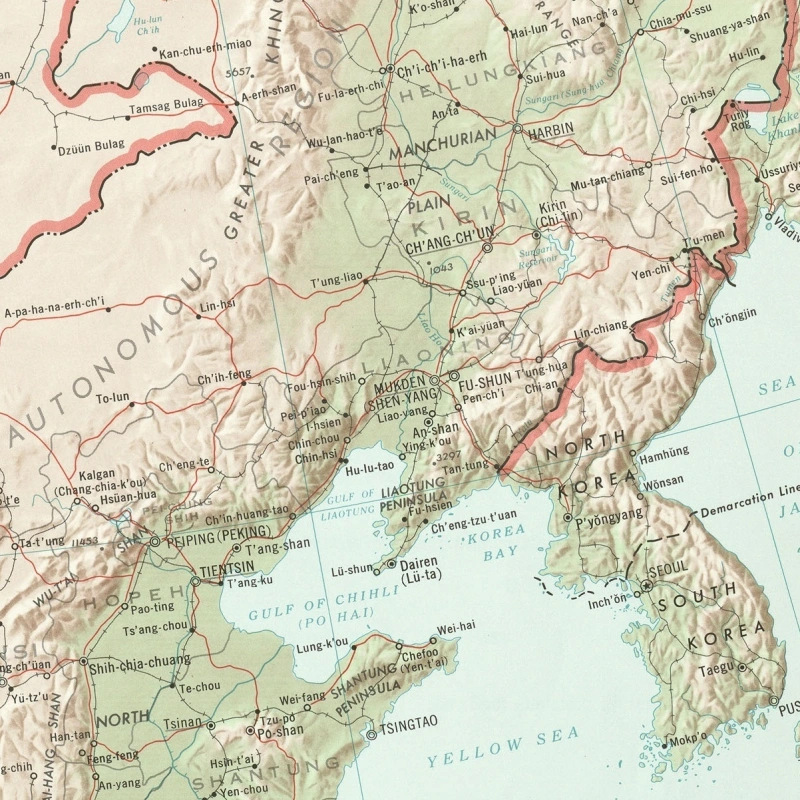
Lenin at his desk, 1918
Fun facts for the centenary of the Russian revolution:
The name ‘Vladimir Ilich Lenin’ is a posthumous creation. The living man went by many names, but ‘Vladimir Ilich Lenin’ was not among them.
What should we call him? He was christened, shortly after his birth in 1870, as Vladimir Ilich Ulyanov. ‘Ilich’ is a patronymic, meaning ‘son of Ilya’. And yet, for many during his lifetime and after, ‘Ilich’ conveyed a greater sense of the individuality of the man than ‘Vladimir’. As soon as he started on his revolutionary career in the early 1890s the exigencies of the underground led our hero to distance himself from his given name. The surviving copy of his first major written production – Who are these ‘Friends of the People’ and How Do They Fight against the Social Democrats? (1893) – has no authorial name on the title-page. In works legally published in the 1890s our hero adopted more than one new name: K. Tulin or (for his magnum opus of 1899, The Development of Capitalism in Russia) Vladimir Ilin, a pseudonym that hardly hides his real name. Right up to the 1917 revolution, legally published works by Vl. Ilin continued to appear. …
Our hero acquired his ‘usual literary signature’ around 1901, while serving as one of the editors of the underground newspaper Iskra, when he began to sign his published work as ‘N. Lenin’. Why ‘Lenin’? We have already seen a certain fondness for pseudonyms ending in ‘-in’. But ‘Lenin’ seems to have been the name of an actual person whose passport helped our man leave Russia in 1900. This passport was made available to Lenin, at second or third hand, as a family favour; in the end, he did not have to use it.
‘N. Lenin’, not ‘V.I. Lenin’. His published works, right to the end, have ‘N. Lenin’ on the title page. What does the ‘N’ stand for? Nothing. Revolutionary pseudonyms very often included meaningless initials. But when N. Lenin became world famous, the idea got about that N stood for Nikolai – an evocative name indeed , combining Nikolai the Last (the tsar replaced by Lenin) , Niccolò Machiavelli and Old Nick. In 1919 one of the first more-or-less accurate biographical sketches in English proclaimed its subject to be Nikolai Lenin. President Ronald Reagan was still talking about Nikolai Lenin in the 1980s – and perhaps this name is just as legitimate historically as ‘V.I. Lenin’.
In any event, Lenin never used ‘Vladimir Ilich Lenin’ as a signature. Most of his letters are simply signed ‘Yours, Lenin’ or the like. Certainly Lenin did not bother to hide his real name. In a 1908 letter to Maxim Gorky signed ‘Yours, N. Lenin,’ he gives his Geneva address: ‘Mr. Wl. Oulianoff. 17. Rue des deux Ponts. 17 (chez Küpfer)’. Only in letters to his family and to Inessa Armand does he usually forego his usual literary signature and sign off as V.U. or V.I.
After 1917, when signing official documents in his capacity of Chair of the Council of People’s Commissars, Lenin evidently felt that his family name was necessary, and so his official signature on government decrees was ‘Vl. Ulianov (Lenin)’. Other revolutionaries whose underground klichki (pseudonyms) became famous did not retain their family name in this manner – certainly not J. V. Stalin (born Dzhugashvili).
It seems that our subject, for reasons both personal and official, fought to maintain a distinction between Vladimir Ilich the person and Lenin the political institution.
The quote is from Lars Lih’s Lenin, a short and sympathetic intellectual biography. I also note that Sean McMeekin’s nice piece “Was Lenin A German Agent?” refers to him correctly, as Vladimir Ulyanov alias Lenin.

I thought the name Lenin meant “Man of the Lena” – a reference to his Siberian exile